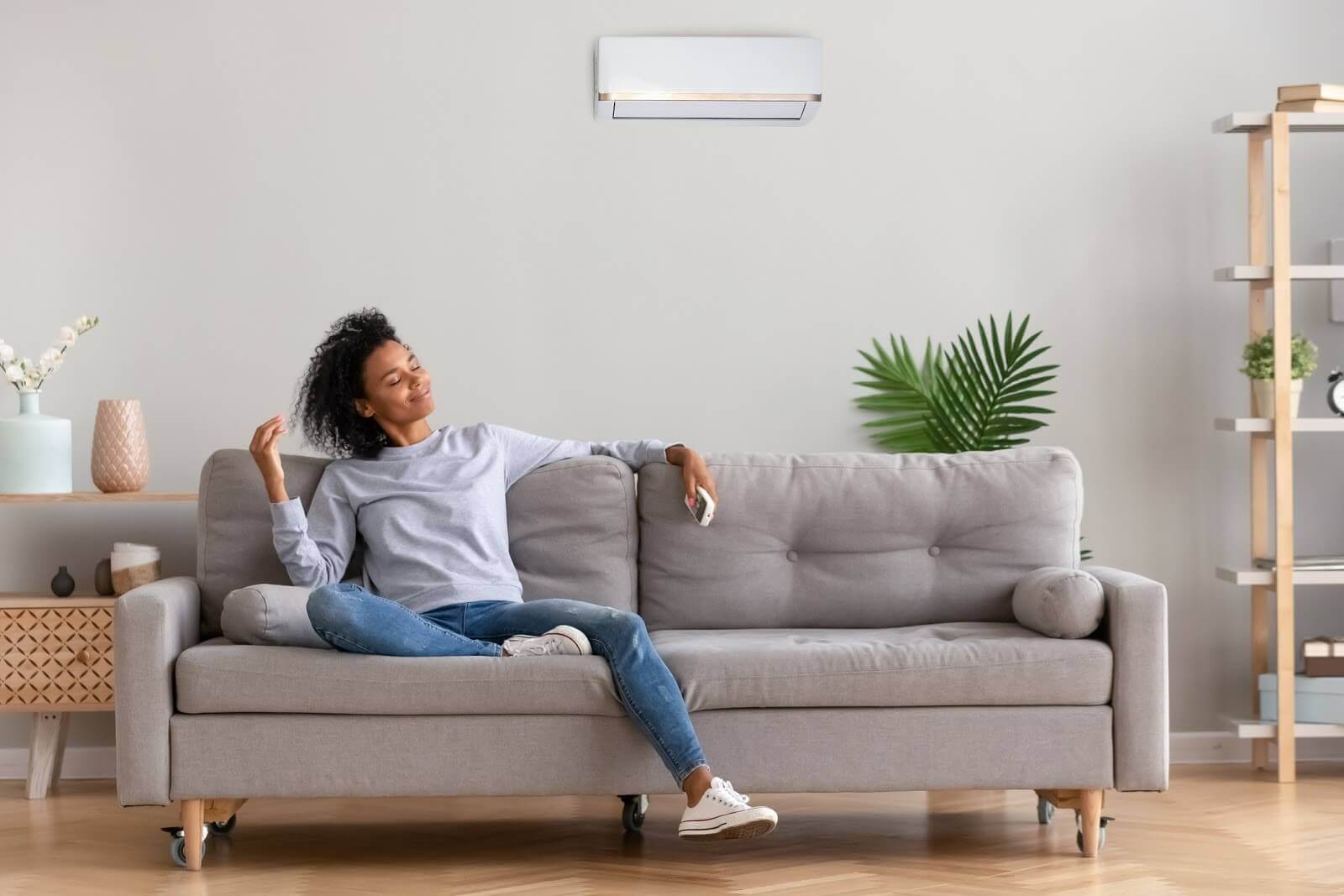DO I NEED AN ENERGY RECOVERY VENTILATOR (ERV) IN HOME?
You can learn more about the One+ Thermostat by watching the video below:

Do you need more fresh air in your home this summer, but still want to run your air conditioning? If so, an energy recovery ventilator, or ERV, can give you the best of both worlds.
We talked about energy recovery ventilators before, in an article outlining ways to improve your home’s indoor air quality.
This article looks a little deeper into the subject. We’ll go through what these are and what they do — and how they do it.
Then we’ll talk about the benefits, and how you can get one installed in your Fox River Valley home.
What is an ERV System?
This way, you circulate all that stale air from inside your home. And, that’s really the only complaint we ever hear about AC: The air is cool, but it doesn’t feel fresh.
With an ERV, you feel like you’ve just opened the windows — nothing like fresh air on a summer day flowing through your home. But, the rooms are still as cool as you want them. And, the air is dry without excess humidity.
ERV and Indoor Air Pollution
It’s why something like “Sick Building Syndrome” is a problem. That’s when people, often in office buildings, get all sorts of cold- or allergy-like symptoms. Their workplace, where they spend so much time each day, is pretty much sealed tight.
The air they breathe just gets recirculated over and over again through the building. All the dirt, germs, and other pollutants they bring in never get back out.
Indoor Air Quality at Home
Plenty of studies show that Americans today spend more than 90 percent of their time indoors. And, more and more of that time is at home — especially in 2020.
Meanwhile, the same thing happens in your house during the summer that happens in buildings with windows that don’t open.
Once you’re running the AC, you keep the windows shut. Any dust, dirt, germs, or other irritants you bring in won’t leave. And, as they build up, you’ll feel sick.
That’s where the ERV comes in.
How Does an ERV System Work?

From this position, your ducts feed old, stale air from your home to the device. Meanwhile, it draws in fresh air from outside.
Inside the machine, a transfer occurs.
The ERV dehumidifies the fresh air coming into the house. It sends that moisture over to the exhaust side. It also uses a heat transfer process to move the heat that’s in the air coming in, to the air going out.
That last part is actually close to the air conditioning process itself: To cool the air in your home, warm air passes over a coil that extracts the heat and leaves you with colder air.
At any rate, that’s how you get fresh air without losing your air conditioning: You transfer the heat and humidity to the outgoing air.
Air Purification
The ERV filter has a much higher MERV rating than the regular one-inch filters you get at the hardware store. The filter ensures that the air coming in is even cleaner than what you usually get with your regular central air.
ERV Installations Near Elgin, IL
Starting with a free consultation, we’ll answer all your questions and help you determine if this is the right choice for you.


